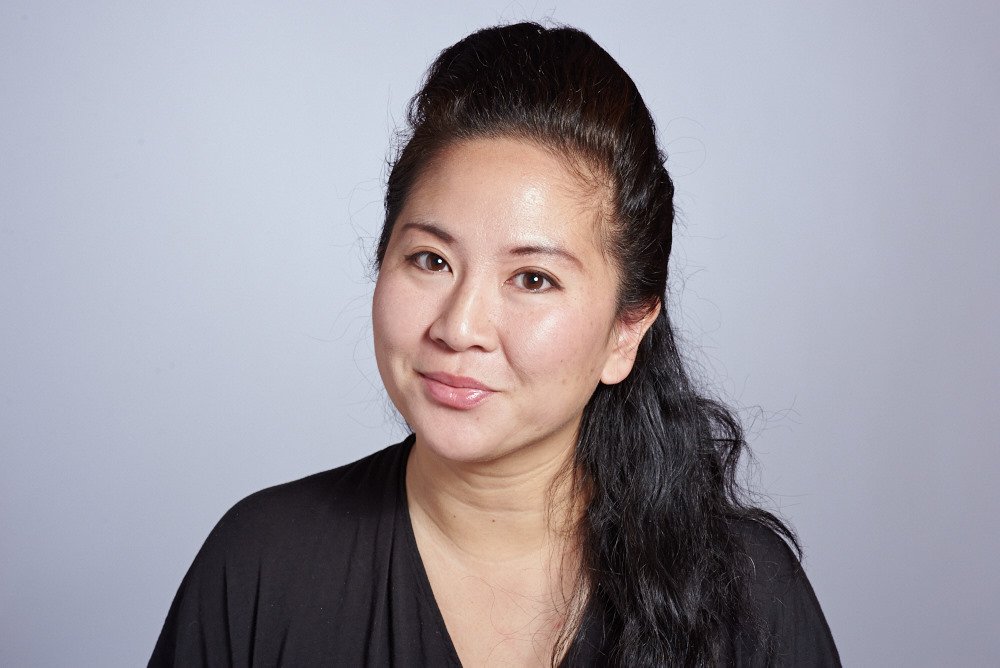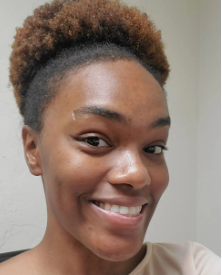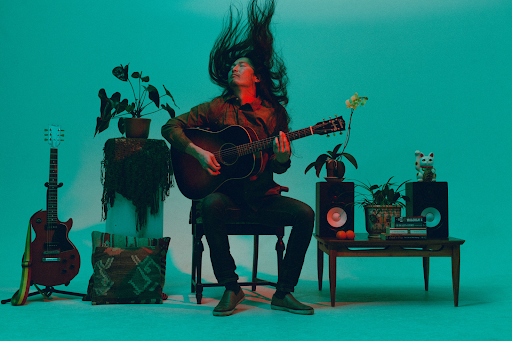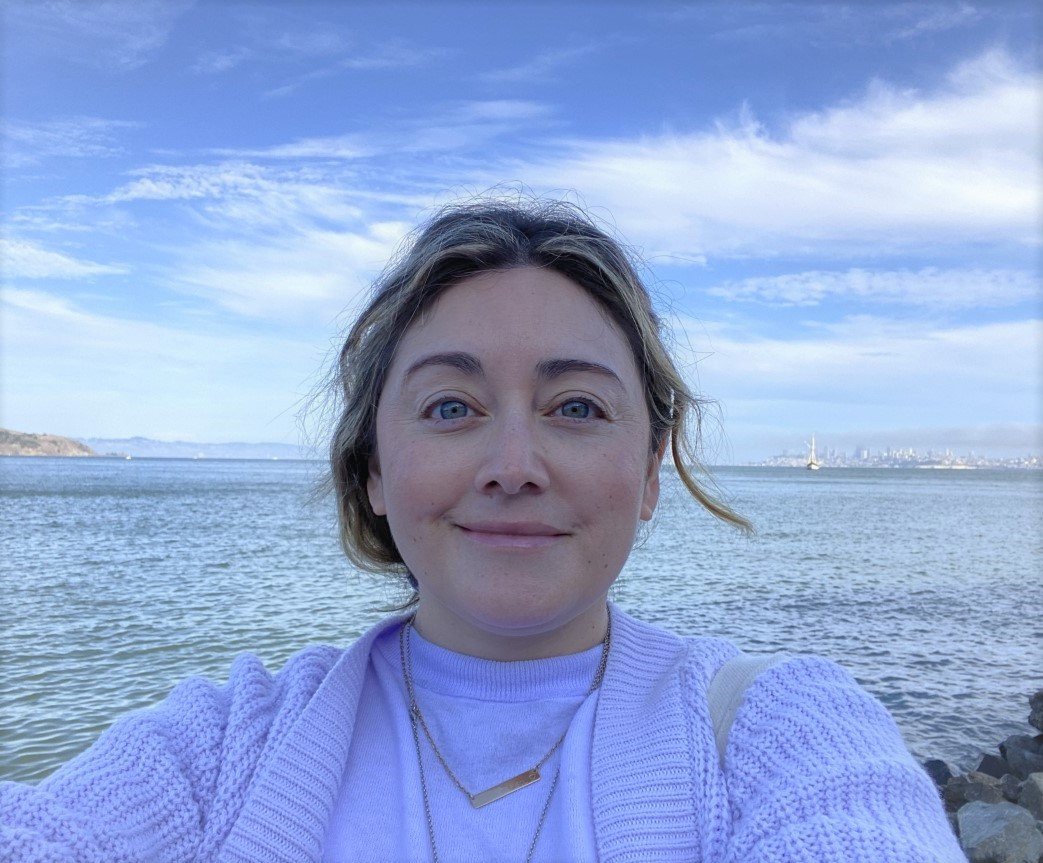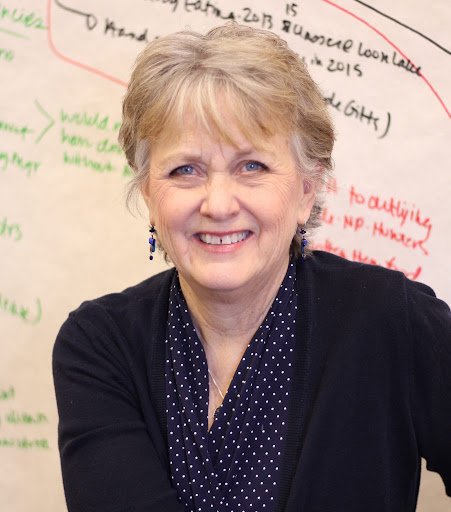Nancy Chang
Director of Digital Navigation Services, Goodwill of the Olympics and Rainier Region
Interview by Addison Pann & Cindy Fu
November 2, 2022
Nancy Chang is busy co-creating with a statewide team of digital navigators through GoodwillConnect.com. We discussed working on a grant after it’s already begun, shifting skatepark culture towards diversity and inclusion, and being flown to Philadelphia to attend the inaugural Project Up Summit. If you’d like to learn more about one of the most dedicated, thoughtful, and passionate people you could ever meet, look no further.
Q. What is your definition of Digital Equity, and what about it motivates you? What are you passionate about in this space?
NC: Digital equity, as I first encountered it, is three pillars: access to a device that is internet enabled; access to quality, affordable internet; and access to digital skills. After listening to the national discussion on digital equity, I am even more excited to define digital equity as modern civil rights. We know a lot of the digital divide falls on rural and marginalized communities such as communities of color and tribal communities. For me, digital equity is our generation’s civil rights movement in terms of creating structural change that ensures everybody has equal access to opportunity.
I see digital equity as a joy-sparking movement because I have worked in scrappier, unfunded movements. I've never experienced working within a federally funded movement where $42 billion is allocated for broadband infrastructure and $3 billion is allocated for digital equity work. I am really excited to be both part of the national movement and to participate in the state-wide discussions and digital equity projects.
I think the pandemic amplified the need for connectivity. Digital equity is our generation's version of Electrifying America. I think that's something that, as a nation, we should be able to get behind. Our political landscape is really polarized and I think we need something for the whole country to get behind. This work has the ability to help a lot of people out from poverty by providing access to online and digital resources.
Q. What values and/or principles are important for everyone in this space to do good work?
NC: In terms of digital navigation work with clients, it really needs to be centered on meeting people where they're at. A lot of that means recognizing that it is important not to make value statements, but instead centering on kindness and not reacting in ways that make the learner feel uncomfortable or shamed. Stuff like that is still challenging for me in this space where we're supposed to meet people where they're at and be neutral and kind.
In terms of connecting and networking with people, I think it's really understanding that our goal is to connect every American with digital skills and digital access. We’re trying not to gatekeep and we’re trying to celebrate people's work.
We all know the horror stories of the “good old days” of toxic authoritarianism. All that stuff is still conditioned into people, so the work of digital navigation isn't only about upskilling people through technology. The government needs trusted community organizations to do this work because community organizations understand that America is divided. They understand community is not homogeneous and that we come from a competitive and shaming culture that conditions people to achieve and earn. A lot of digital navigation is an antidote to toxic behaviors that used to be acceptable.
I think kindness is a crucial aspect because nobody wants to learn when they feel stupid or shamed, or when they don't feel good about the learning process.If you talk to my team, they might say I am intense in programmatic planning, but I make sure we are chill and fun when we go into the public in order to create an encouraging and nontraditional learning space where people feel guided and listened to.
Digital equity work reminds me of the work I've done through youth and community development. I've gone into toxic and misogynistic spaces, and, through grassroots community work, community members learned how to organize around a common mission.
Trans people being out in skateboarding is super radical, but also normal, right? Is that normal for Middle America? Nope. Not yet. But “see it be it” is really a thing! Energy is a thing! Being able to harness and transfer positive energy is what America needs.
It's all tied into inclusion. A lot of things can pass as community, so in digital navigation I work to model what a positive, kind community looks like. But also? Kindness means being able to communicate truth when things aren't going well.
Returning to your earlier question. Why does digital navigation excite me? It's an intersectional movement that everybody can buy into.
My work with Skate Like a Girl was awesome. A lot of people want to skate, but in the early days you’d have to learn by yourself by going to a skate park and being hazed. A lot of people just couldn’t handle that. Skate Like a Girl has done a lot of inclusion work. It's not perfect, but skateboarders indoctrinated through Skate Like a Girl have created a completely different culture than we knew in the eighties or nineties. It was a pretty rough time. Skate Like a Girl’s lens is definitely how I see a lot of the digital inclusion and movement work I do. I have the opportunity to model something that's healing and positive. A lot of those ideas are embedded in my digital equity work.
Q. What have been big wins for you and how did they happen? What sorts of support were needed for them?
NC: I was contacted about this role [at Goodwill] in February. I got a LinkedIn message and I was like, ‘who is this Goodwill person that wants me to take on a grant that looks like it started in January, and it's February right now?’ The grant runs from January to June, and as I was learning about it I was like, ‘this is right up my wheelhouse. I love pioneering and working on messy things.’ I said yes and came to Goodwill of the Olympics and Rainier Region in March.
I'm not going to say every part of it was fun, but as I've been building the relationships within my team and seeing the impact of the work, I slowly understood that this isn’t just a Washington State thing. This is a national movement. Two weeks ago I was flown to Philly to go share five minutes on stage with FCC Commissioner Geoffrey Starks and Comcast/NBCUniversal’s EVP of Digital Equity Broderick Johnson, who was part of the Obama cabinet.
A big win of mine is saying yes and doing what I do best, which is trying to model new ways of working. A lot of my work is about co-creation and lattice organizational structure. Basically, it's taking the hierarchical form and flipping it onto its side. That is not a space a lot of people are comfortable working in, but I think that's the way we establish a new work culture.
I guess my biggest win is continuing to carry my community experience forward and empowering and training other people to work in their communities. I had many experiences, especially in past work structures, where I was told ‘you listen to me. You don't have your opinion. That's above your pay grade.’ Today, a lot of my work is trying to help people recover from having their agency, ideas, and creativity stomped out of them.
What I've noticed is my generation is basically a buffer between generations. We have the privilege to say ‘we can do whatever type of work we want.’ With the internet, you can do anything, learn anything, or connect with anything.
Part of digital equity work is understanding that everybody will have to be grounded in some sort of digital baseline. We all know we need to teach kids computer skills, digital skills, and digital boundaries. Digital navigation is pretty basic right now, but I think it will get more complex. Maybe it's too simple to think of it this way, but I would love to go to the [University of Washington’s] School of Social Work and say ‘hey, now we need to train everybody up on digital skills’ so your social workers are not only digitally literate themselves, but have the skills to teach other people digital literacy.
“Today, a lot of my work is trying to help people recover from having their agency, ideas and creativity stomped out of them.”
Q. What is your organization’s goal in moving towards digital equity? What steps are being made by your organization to reach that vision?
NC: Goodwill of the Olympics and Rainier Region is committed to dismantling racism and is working towards creating systems, partnerships, and program models that we can share with others who see digital equity as a modern civil rights issue. Part of our internal work is ensuring that staff are constantly engaging in opportunities to go beyond land acknowledgements and build relationships with the tribal communities and indigenous people, along with reaching rural and communities of color.
Q. What’s an example of some good work so far and who’s been doing it? Who would you like to give a shout-out to?
NC: A lot of people are doing great work, but shout out to the Biden Administration, to bipartisan legislators that have worked across party lines, to the FCC, to Jay Inslee, and to Washington State. Also, shout out to the Washington State University Extension for providing organizational support to Broadband Action Teams; Sabrina Roach for her advocacy and convening; the Broadband Office Digital Navigation Cohort that we are part with Equity in Education Coalition of Washington, Seattle Housing Authority, Community Health Partners of Washington, and supporting organizations like the National Digital Inclusion Association and the National Skills Coalition. Shout out, too, to Comcast for investing in digital equity the past 10 years.
Learn more about Goodwill’s digital equity work here.
Connect with Nancy Chang on LinkedIn.
Digital equity work by Comcast.
Goodwill Connect’s success stories.

